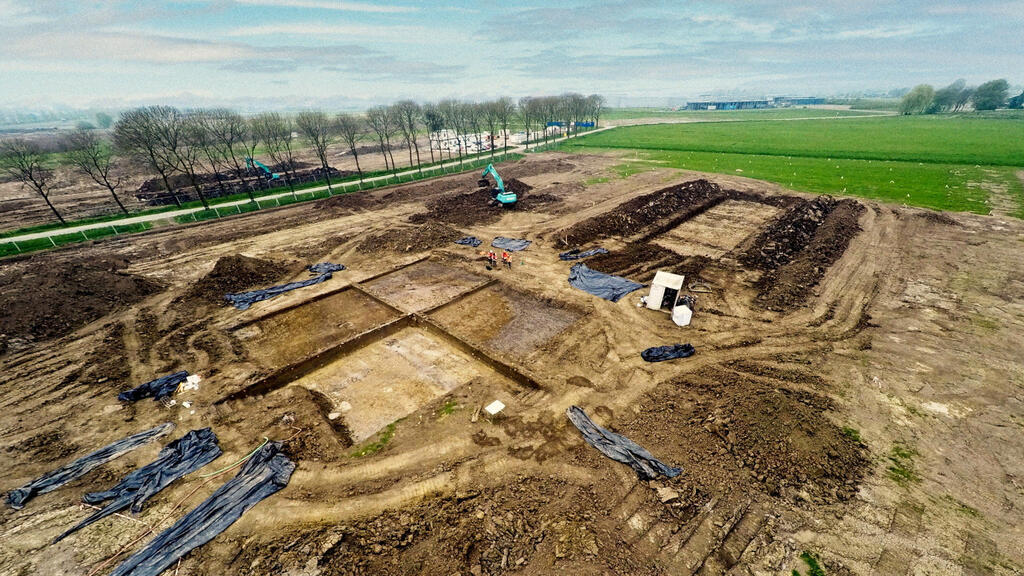Getting your Trinity Audio player ready...
Archaeologists in the Netherlands have recently uncovered a remarkable religious site, dubbed the "Stonehenge of the Netherlands," dating back approximately 4,000 years. The site includes a burial mound that served as a solar calendar, featuring passages through which the sun would shine directly on the longest and shortest days of the year.
Read more:
The town of Tiel, where the site was found, expressed their excitement on Facebook, stating, "What an extraordinary archaeological discovery! On an industrial site, archaeologists have uncovered a 4,000-year-old religious sanctuary."
Since 2017, excavation work has been underway at the open-air sanctuary in a small village situated approximately 31 miles southeast of Utrecht. The findings from these excavations were recently announced on Wednesday. Through a careful analysis of variations in clay composition and color, researchers have identified three burial mounds a few miles away from the Waal River.
The primary mound, measuring around 65 feet in diameter, features passages that were precisely aligned to serve as a solar calendar. The archaeologists explained, "People used this calendar to determine important moments including festival and harvest days." NOS, the national broadcaster, added, "This hill reminded one of Stonehenge, the well-known mysterious prehistoric monument in Britain, where this phenomenon also occurs."
They made an intriguing additional discovery: a singular glass bead found within a grave, which, upon analysis, was determined to have originated from Mesopotamia, present-day Iraq. "This bead traveled a distance of approximately 5,000km four millennia ago," remarked Cristian van der Linde, the chief researcher. Stijn Arnoldussen, a professor at the University of Groningen, emphasized, "Glass was not made here, so the bead must have been a spectacular item, as for people then it was an unknown material."
Arnoldussen further noted that the Mesopotamian bead may have existed for a significant period before eventually reaching the Tiel area, known as the Betuwe in Dutch. "Things were already being exchanged in those times. The bead may have been above ground for hundreds of years before it reached Tiel, but of course, it didn’t have to be," Arnoldussen explained.
Over the course of six years, the archaeologists dedicated their efforts to studying over a million excavated artifacts spanning various historical periods, including the Stone Age, the Bronze Age, the Iron Age, the Roman Empire, and the Middle Ages.



